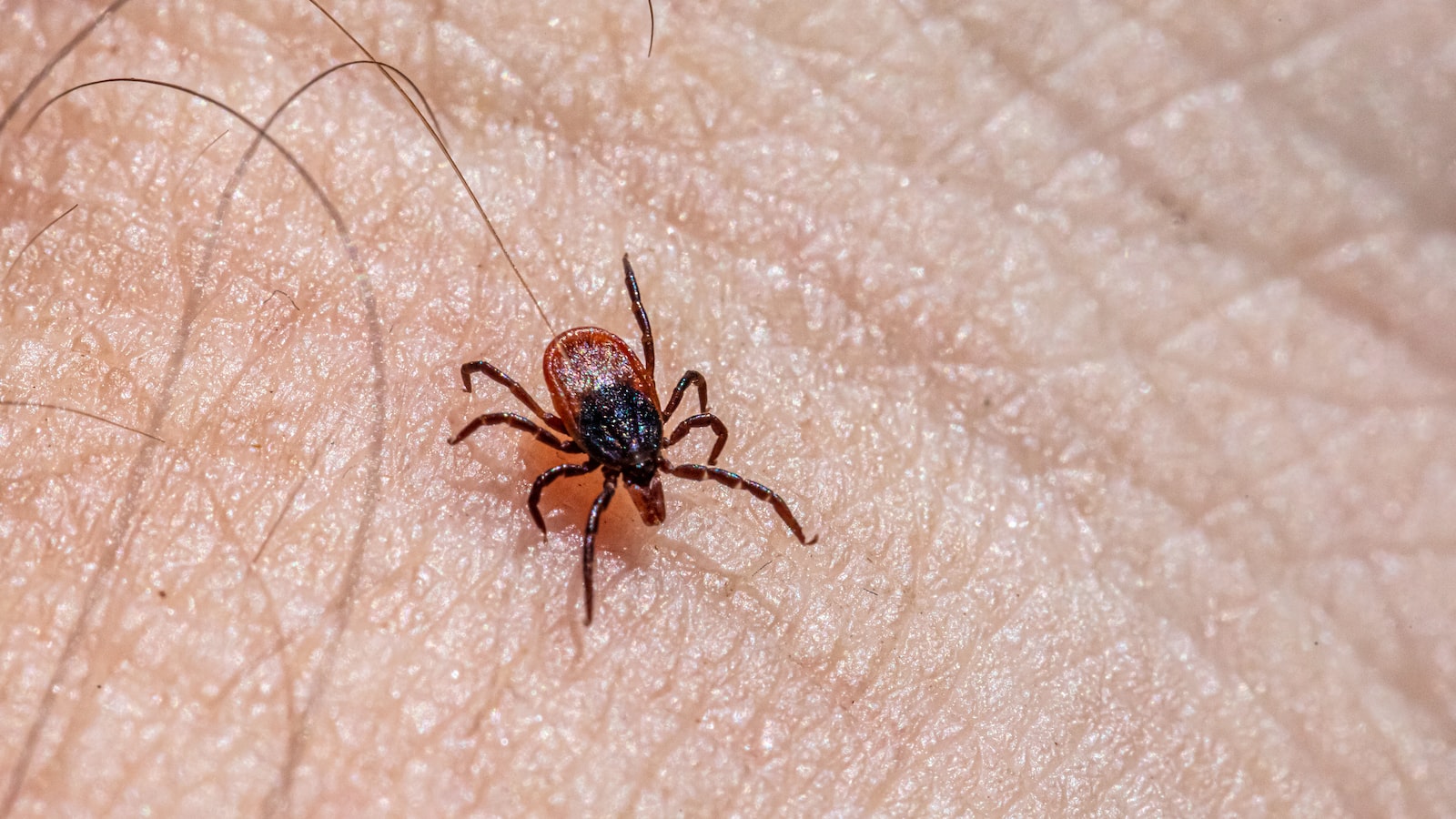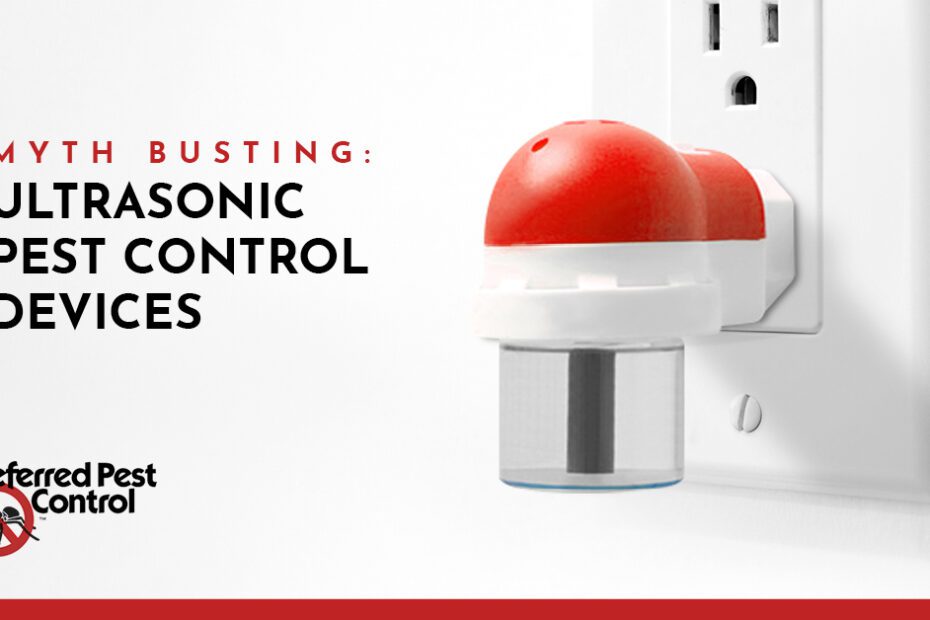In the dark corners of our homes, hidden beneath the surface, dwells a silent intruder that strikes fear into the hearts of homeowners – termites. These tiny, wood-devouring pests have been responsible for countless sleepless nights and exorbitant repair bills. Desperate to find a solution, we turn to the latest technological marvels in pest control: ultrasonic pest repellers. But amidst the buzz surrounding these devices, we are left to ponder one burning question: Do ultrasonic pest repellers work their magic on these relentless termites? In this article, we shall embark on a quest to unravel the truth, exploring the possibilities, limitations, and perhaps cracking the enigmatic code behind the elusive termite problem. So, let us dive into the realm of ultrasonic frequencies and discover whether these modern wonders hold the key to banishing termites from our homes once and for all.
Do Ultrasonic Pest Repellers Really Eliminate Termites?
Ultrasonic pest repellers have gained popularity as a seemingly effortless solution to rid your home of unwanted pests. However, when it comes to the issue of termites, the question remains: do these devices really work? Many homeowners have turned to ultrasonic pest repellers in the hopes of eliminating termites without the need for harmful chemicals or expensive extermination services. But while these devices may have proven effective for other pests such as rodents and insects, there is a growing debate about their impact on termites.
One of the main reasons why ultrasonic pest repellers may not be as effective for termites is their mode of operation. Unlike other pests, termites are subterranean creatures that create large colonies deep within the ground. This makes it difficult for the ultrasonic waves emitted by the repellers to effectively reach and disturb the termites’ nesting sites. Additionally, termites primarily rely on moisture and cellulose-rich materials, like wood, for their survival. Therefore, even if the ultrasonic waves manage to disrupt some termites, it may not eliminate the root cause of the infestation. Despite the claims made by manufacturers, there is limited scientific evidence to support the effectiveness of ultrasonic pest repellers against termites.
| Features | Tips |
|---|---|
| 1. Multiple frequencies: Some ultrasonic pest repellers offer a range of frequencies, allowing you to target different pests. | 1. Consult a professional: If you suspect a termite infestation, it’s best to call in a professional pest control service for a thorough inspection. |
| 2. Easy installation: Most ultrasonic pest repellers can be simply plugged into an electrical outlet, making them convenient to use. | 2. Combine methods: To effectively eliminate termites, it’s often necessary to use a combination of strategies including proper sanitation, moisture control, and targeted treatments. |
| 3. Chemical-free: Ultrasonic repellers offer a non-toxic alternative to traditional pest control methods, which can be appealing to those concerned about harsh chemicals. | 3. Regular maintenance: If you decide to use ultrasonic pest repellers, make sure to regularly check and clean the devices to ensure they are functioning optimally. |
While the idea of effortlessly repelling termites with ultrasonic waves may sound appealing, the reality is that the effectiveness of these devices is questionable when it comes to termites. It is always recommended to consult a professional pest control service when dealing with termite infestations. By combining proper inspection, targeted treatments, and preventive measures, you can effectively protect your home from the destructive nature of termites.

Decoding the Effectiveness of Ultrasonic Waves Against Termites
Have you ever wondered if those ultrasonic pest repellers you see advertised everywhere actually work on termites? The thought of using sound waves to repel these pesky creatures is certainly intriguing, but does it really live up to the hype? Let’s dive into the world of ultrasonic waves and termites to uncover the truth.
When it comes to termites, their intricate and densely built colonies are notorious for causing significant damage to homes and structures. However, the use of ultrasonic waves as a termite deterrent remains a topic of debate among experts. While some studies suggest that these waves can disrupt termite behavior and discourage infestations, others argue that the effectiveness may vary depending on factors such as frequency, intensity, and proximity.
| Features | Tips |
|---|---|
| Multiple frequency settings: Choose from various ultrasonic frequencies to target different pests, including termites. | Professional inspection: It’s essential to have your property inspected by an expert to assess the level of termite infestation before relying solely on ultrasonic devices. |
| Easy installation: Simply plug in the device and let it emit ultrasonic waves to create a termite-free environment. | Combine methods: Ultrasonic devices should be used in conjunction with other proven termite control methods, such as bait stations and regular maintenance. |
| Chemical-free solution: Ultrasonic waves offer a non-toxic and environmentally friendly alternative to traditional termite control methods. | Continuous operation: For optimum results, keep the ultrasonic device running 24/7 to prevent termites from reestablishing their presence. |
While ultrasonic pest repellers may have their merits, it’s crucial to approach them as part of a comprehensive termite control strategy rather than a standalone solution. Remember, prevention and mitigation are key when dealing with termites, so it’s always wise to consult with pest control professionals and explore various approaches for effective termite management. Take the time to understand your unique situation and assess whether ultrasonic devices align with your specific needs. With careful consideration, you’ll be one step closer to decoding the true effectiveness of ultrasonic waves against termites.

Exploring the Pros and Cons of Ultrasonic Pest Repellers for Termite Control
Ultrasonic pest repellers have gained popularity as a seemingly innovative solution for controlling various pests. However, when it comes to termites, the effectiveness of these devices is a topic of debate. Let’s explore the pros and cons of using ultrasonic pest repellers for termite control.
On the positive side, ultrasonic pest repellers offer a non-toxic and eco-friendly approach to combating termites. They emit high-frequency sound waves that are designed to repel pests, including termites, without causing harm to humans or pets. These devices are easy to use and require minimal maintenance, making them a convenient option for homeowners. Additionally, ultrasonic pest repellers do not release any chemicals or odors, ensuring a safe and odor-free environment.
However, it’s important to note that the effectiveness of ultrasonic pest repellers on termites is widely disputed. While these devices may deter other pests, such as rodents or certain insects, termites are a different story. Termites are social insects that rely heavily on pheromones for communication and navigation. The vibrations emitted by ultrasonic repellents do not disrupt their intricate communication system, making them less effective in repelling termites. It’s crucial to consider a comprehensive termite management plan that includes professional inspections and treatments to ensure effective elimination and prevention of termite infestations.
Features:
- Easy to use and install
- Non-toxic and eco-friendly
- Works on a variety of pests
Tips: - Place the ultrasonic pest repellers strategically in areas prone to termite activity.
- Use in conjunction with other termite control methods for enhanced effectiveness.
- Ensure there are no obstructions, such as curtains or furniture, blocking the path of the sound waves.
| Features | Tips |
| Easy to use and install | Place the ultrasonic pest repellers strategically in areas prone to termite activity. |
| Non-toxic and eco-friendly | Use in conjunction with other termite control methods for enhanced effectiveness. |

Leveraging Ultrasonic Pest Repellers: Tips for Efficient Termite Prevention
Termites, those pesky creatures that can wreak havoc on your property, are a homeowner’s worst nightmare. You’ve tried various methods to keep them at bay, but have you ever considered using ultrasonic pest repellers? These electronic devices emit high-frequency sound waves that are said to repel pests, including termites. But do they really work on these wood-munching insects? Let’s delve into the world of ultrasonic pest repellers and explore whether they can truly help prevent termite infestations.
While ultrasonic pest repellers have been proven effective in repelling certain pests like rodents and insects, their effectiveness on termites is still a topic of debate. Some homeowners swear by these devices as an additional line of defense against termite invasions, while others remain skeptical. The truth is, termites are highly sensitive creatures, but it’s uncertain whether they are actually repelled by the ultrasonic waves emitted by these devices.
If you’re considering leveraging ultrasonic pest repellers for termite prevention, it’s important to keep a few key tips in mind for maximum efficiency:
| Features | Tips |
|---|---|
| – Check the frequency range | – Consult with professionals for guidance |
| – Coverage area | – Place the repellers strategically around your property |
| – Easy installation | – Regularly inspect your property for signs of termite activity |
Remember, while ultrasonic pest repellers may offer benefits in deterring certain pests, they should be used in conjunction with other preventive measures and regular inspections. It’s crucial to consult with pest control professionals to ensure you take a comprehensive approach to termite prevention. Stay vigilant and stay protected against the destructive forces of those tiny home invaders.
Frequently Asked Questions
Q: Can ultrasonic pest repellers effectively get rid of termites?
A: Ultrasonic pest repellers may not hold the secret to banishing termites.
Q: Do ultrasonic wave frequencies have any impact on termite infestations?
A: While ultrasonic waves can deter certain pests, their efficacy in repelling termites remains unclear.
Q: Are ultrasonic pest repellers a foolproof solution for termite control?
A: Unfortunately, ultrasonic pest repellers may not be the ultimate solution to eradicate termites once and for all. In a world where tiny terrors make our homes their playground, the quest for an effortless pest control solution seems never-ending. From spiders to ants, we’ve seen an arsenal of gadgets promising peace and quiet. But what about termites? These silent destroyers, lurking within our precious abodes, leave homeowners questioning: do ultrasonic pest repellers have the power to thwart their insidious advances?
After diving into the depths of scientific research, we have unlocked the enigma surrounding ultrasonic pest repellers and termites. However, the tale is not as straightforward as one might hope. While these devices have shown undeniable efficacy in deterring a wide range of pests, their impact on termites remains shrouded in ambiguity.
Some experts argue that termites, as mighty pests, possess a level of resilience that renders them impervious to ultrasonic waves. These resourceful creatures, equipped with acute sensory capabilities, often tunnel deep within the confines of our homes, forging an impenetrable fortress against ultrasonic signals. Others raise doubts on the frequency range emitted by these repellers, positing that termites might simply be left unfazed by the waves meant to deter them.
Nonetheless, a glimmer of hope exists within the scientific community. Emerging studies advocate the potential of ultrasonic pest repellers as a supplementary tool in termite control. While not a standalone solution, they might aid in driving away termites from areas already treated with targeted measures. By combining these devices with traditional methods like soil treatments or baiting systems, homeowners could fortify their defenses against these voracious invaders.
Keeping expectations grounded is the key. Ultrasonic pest repellers should not be viewed as a miraculous silver bullet to obliterate termite populations entirely. Rather, they can contribute to a comprehensive and well-rounded pest management strategy.
As the battle against termites rages on, researchers are continually refining these repellers, exploring innovative technologies that may yield more promising results. While the current consensus leans towards skepticism when it comes to their effectiveness on termites, there is always the possibility of discovering new breakthroughs that could rewrite the narrative.
So, dear homeowners, proceed with cautious curiosity. Consider embracing the ultrasonic pest repellers as one piece of the puzzle in your ongoing war against termites. But remember, no victory comes without a well-thought-out strategy, reinforced by professional advice and implemented with tenacity.
Until science unravels every secret of these fantastic foes, we shall remain vigilant, armed with knowledge and determination, guarding our homes from the relentless onslaught of termites and the insidious forces of pestilence.
- When to Put Weed and Feed on Lawn in Michigan - October 16, 2023
- When to Fertilize Potatoes Plants - October 16, 2023
- Can You Plant Clover in the Spring - October 16, 2023
Contents
- 1 Do Ultrasonic Pest Repellers Really Eliminate Termites?
- 2 Decoding the Effectiveness of Ultrasonic Waves Against Termites
- 3 Exploring the Pros and Cons of Ultrasonic Pest Repellers for Termite Control
- 4 Leveraging Ultrasonic Pest Repellers: Tips for Efficient Termite Prevention
- 5 Frequently Asked Questions

